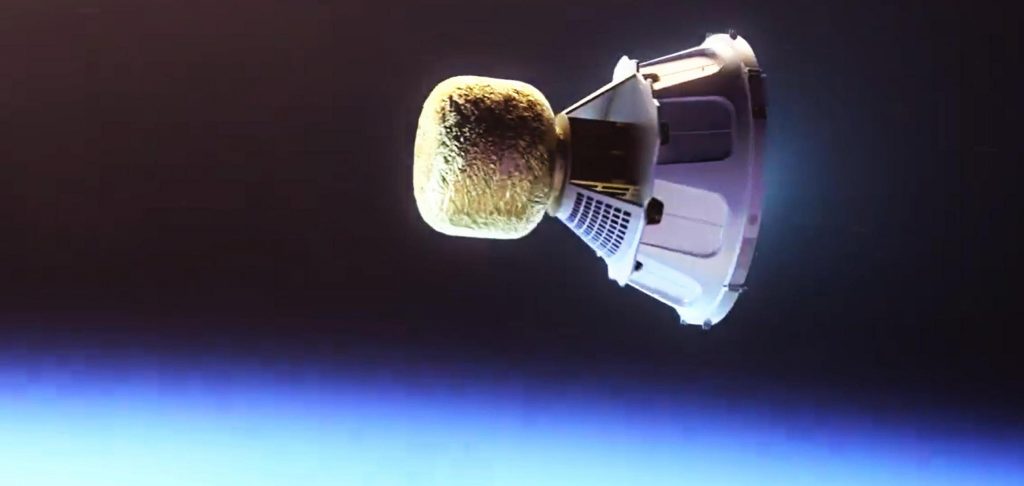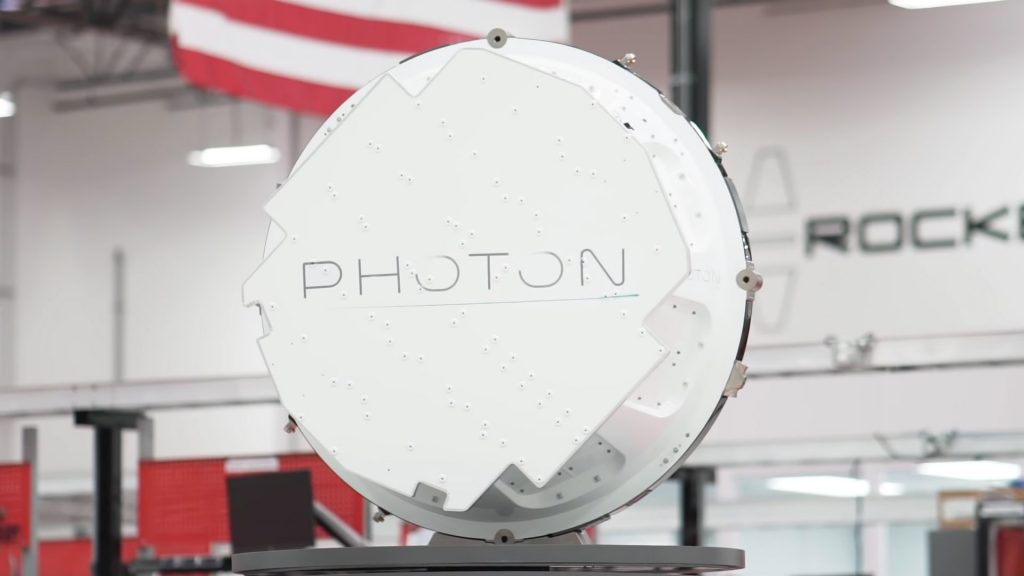26.02.2020

Rocket Lab will soon take its tiny Electron rocket further than any similarly-sized vehicle before it, sending a NASA satellite to the Moon and potentially kicking off a new era of unprecedentedly cheap space exploration.
On February 14th, the world-leading small satellite launch company announced – alongside NASA – that the space agency had awarded it a $9.95 million launch contract worth $9.95 million to send the $13.7 million Cislunar Autonomous Positioning System Technology Operations and Navigation Experiment (CAPSTONE) CubeSat to lunar orbit. In other words, NASA has contracted a full-up scientific mission to the Moon for less than $25M total – almost unfathomably cheap compared to all interplanetary exploration performed in the last half-century.
The mission announcement comes just four months after Rocket Lab announced at the International Astronautical Congress in Washington D.C., that it would utilize its small two-stage rocket, Electron, and proprietary satellite bus platform, Photon, to support lunar orbit missions. It also occurs just two months after the official opening of Rocket Lab’s Launch Complex 2 located in Wallops, Virginia – a dedicated facility to specifically service NASA and the US government launch contracts.
According to Ana Rivera, LSP program integration manager for CAPSTONE, the launch will be Rocket Lab’s “inaugural NASA launch from their new launch site at the Mid-Atlantic Regional Spaceport in Virginia” and is expected to occur in the early part of 2021.

NASA’s CAPSTONE is a tiny spacecraft weighing around 55 lb (25 kg) – small enough for an equally tiny rocket to send it on an improbable journey. Rocket Lab’s two-stage Electron rocket will begin by launching CAPSTONE to LEO, where NASA says Photon – a Rocket Lab-built kick stage and satellite bus – will send CAPSTONE on its way to the Moon. CAPSTONE will then use its own propulsion system to enter a “Near Rectilinear Halo Orbit” (NRHO) around the Moon.
It is important to note that, under its own propulsion, CAPSTONE is expected to take nearly three months to reach its intended orbit around the moon. However, the CAPSTONE mission is an imperative one that could lead to better understandings about the journey to the moon and “can reduce navigation uncertainties ahead of our future missions using the same lunar orbit” according to Marshall Smith, director of human lunar exploration programs at NASA Headquarters.
Rocket Lab founder and CEO Peter Beck stated that Rocket Lab is “able to provide NASA with complete control over every aspect of launch and mission design for CAPSTONE, something typically only available to much larger spacecraft on larger launch vehicles. In the same way (Rocket Lab) opened access to low Earth orbit for small satellites, we’re proud to be bringing the Moon within reach to enable research and exploration.”
PHOTON – THE ALL-IN-ONE EXPERIENCE
Photon is a satellite bus platform designed with interplanetary delivery and deep space communication in mind. The small, but mighty, launch-to-orbit bus features downlink communication capability, radiation-tolerant avionics, and higher power generation. Photon is also able to precisely deploy multiple small payloads into various orbits enabling multiple mission launches supported by Rocket Lab’s proprietary Curie propulsion system.
In the era of NASA’s Artemis initiative to return astronauts to the moon, Beck explains that “small satellites will play a crucial role in science and exploration, as well as providing communications and navigation infrastructure to support returning humans to the Moon.” In this sense, small satellites will serve as pathfinders and build the necessary infrastructure prior to the arrival of more robust hardware such as NASA’s lunar spaceship Gateway and eventually human space travelers.

To date, Rocket Lab has successfully launched 11 missions and 48 satellites to low-Earth orbit. Eventually, Rocket Lab intends to use a recoverable and reusable Electron to loft Photon on interplanetary missions to lunar fly-by orbits, Near Rectilinear Halo Orbit (NRHO), and low-Lunar Orbit by the end of 2020. The two most recent missions – Running Out Of Fingers and Birds of a Feather – featured an upgraded first-stage of Electron that survived re-entry in one piece. This will hopefully lead to a fully recoverable first-stage rivaling the current recovery efforts of SpaceX with its first stage of the Falcon 9 boosters.
Quelle: TESLARATI
